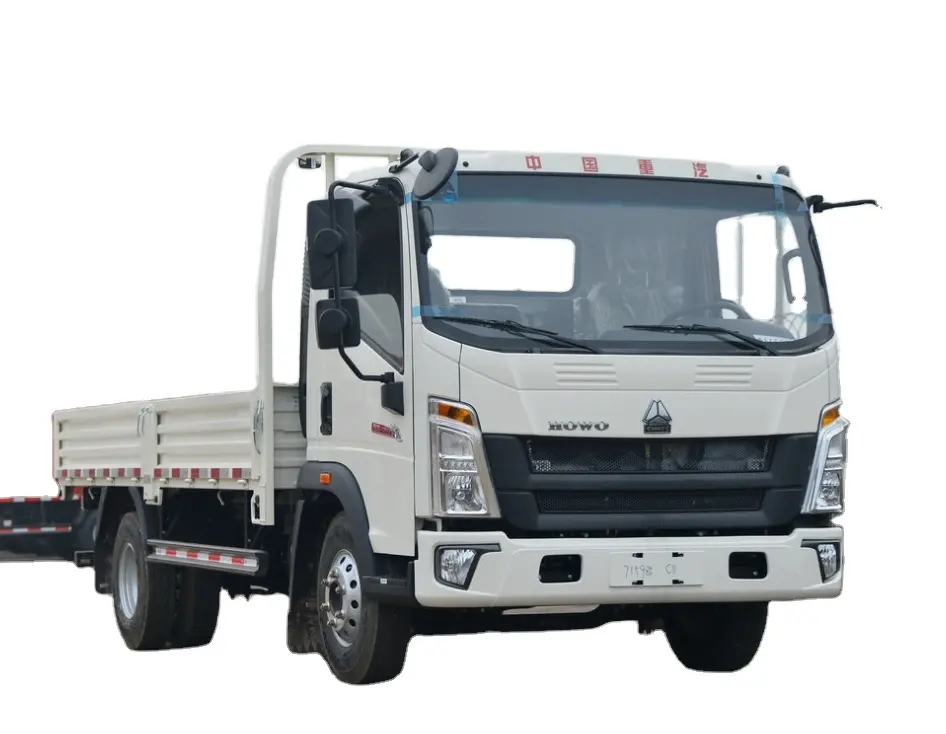The Logistics of Cross-continental Cargo Transport with Trucks
Cargo trucks are the backbone of global logistics, enabling the movement of goods across vast distances. From shipping containers across the ocean to shipments delivered door-to-door, trucks play a pivotal role in connecting businesses and consumers across continents. This mode of transport is essential for fulfilling international orders, managing supply chains, and ensuring timely delivery of goods. However, cross-continental cargo transport is far from simple. It involves complex planning, coordination, and execution, each step requiring precision and attention to detail.
Preparing Cargo for Transport
Before a shipment can be loaded onto a truck, it must undergo rigorous preparation. This includes packing goods securely, ensuring they meet size, weight, and dimensional (S&DT) requirements. Proper labeling and documentation, such as customs declarations and shipping manifests, are critical to avoid delays and legal issues. Additionally, drivers must be trained to handle sensitive cargo, such as perishables or electronics, to preserve their condition during transit. Compliance with regulations is non-negotiable, as non-compliance can lead to hefty fines and reputational damage. Efficient preparation not only ensures smooth transportation but also reduces the risk of damage or loss, making it a cornerstone of successful cross-continental shipping.

Navigating Across Continents: Route Planning and Driver Considerations
Route planning is a multifaceted process that requires expertise in logistics and experience with regional driving conditions. Cross-continental routes often traverse multiple countries, each with its own set of road rules, customs, and environmental regulations. For example, driving in heavy traffic or navigating narrow highways can be challenging, especially in densely populated regions. Drivers must be adept at adapting to varying road conditions and aware of local laws to avoid incidents. Furthermore, route optimization is crucial for reducing travel time and fuel costs. Experienced drivers play a vital role in identifying the most efficient routes, minimizing stops, and ensuring timely delivery. Their expertise not only enhances the logistics process but also contributes to customer satisfaction by maintaining high service standards.
Technology at the Forefront: The Role of GPS and IoT in Logistics
The integration of advanced technologies like Global Positioning System (GPS) and Internet of Things (IoT) has revolutionized cross-continental cargo transport. GPS tracking provides real-time monitoring of shipment locations, enabling drivers and shippers to monitor progress and make timely adjustments. IoT devices, such as sensors and automated systems, enhance the security and efficiency of cargo transport by monitoring temperature and condition changes, detecting potential issues, and automating repetitive tasks. For instance, predictive analytics powered by IoT can anticipate maintenance needs, reducing downtime and ensuring smooth operations. These technologies not only improve transparency but also reduce risks associated with human error or environmental factors, making them indispensable in modern logistics.
Challenges and Solutions: Overcoming Economic and Environmental Barriers
Despite the many advantages of cross-continental cargo transport, challenges remain. Economic factors such as fuel costs, toll fees, and regulatory hurdles can strain budgets and complicate logistics planning. Fuel prices, which fluctuate based on geopolitical factors, can significantly affect transportation costs, making it difficult to predict expenses. Regulatory compliance is another hurdle, as cross-border operations often require navigating multiple jurisdictions, which can be time-consuming and costly. Additionally, environmental concerns, such as emissions from trucks and fuel consumption, raise questions about sustainability. To address these issues, companies are adopting solutions like route optimization software, cleaner fuels, and electric vehicles. These measures not only reduce costs but also align with global sustainability goals, making them essential for long-term viability.
Case Study: A Successful Cross-continental Cargo Transport Operation
A company named FreightLink successfully transported a shipment of agricultural equipment from Texas to Los Angeles, spanning 2,000 miles. The operation involved meticulous planning, including route optimization, driver training, and adherence to customs requirements. The shipment was securely packed and labeled, ensuring minimal risk of damage. During transit, the driver was skilled and familiar with the route, avoiding traffic jams and adhering to speed limits. Upon arrival, the shipment was unloaded and processed efficiently, meeting all documentation and compliance standards. This case study highlights the importance of preparation, driver expertise, and technology in achieving a seamless cross-continental transport. Such operations not only meet customer expectations but also build trust and loyalty, reinforcing the importance of reliable logistics services.
Future Trends: Advancements in Cross-continental Trucking
The future of cross-continental trucking looks promising, driven by advancements in technology and changing industry dynamics. Autonomous trucks are expected to become more prevalent, reducing human error and improving safety. Additionally, the shift toward electric and hybrid vehicles aims to reduce emissions and lower fuel costs, aligning with global sustainability goals. Companies like Tesla and Amazon are leading the charge in developing electric trucks, which are becoming increasingly popular. Another emerging trend is the use of blockchain technology for supply chain management, enhancing transparency and traceability. These innovations not only improve efficiency but also position the industry for long-term growth and resilience.
Summary and Closing Thoughts
Cross-continental cargo transport with trucks is a complex yet vital process that requires careful planning, experienced drivers, and advanced technologies. From route optimization to environmental considerations, challenges must be addressed with innovation and creativity. The role of trucks in global logistics cannot be overstated, as they continue to connect businesses and consumers across continents. As the industry evolves, embracing emerging technologies and sustainable practices will ensure the continued success of cross-continental transport. By staying ahead of the curve and adapting to new challenges, the trucking industry can maintain its position as a cornerstone of global commerce.
